Shortage of agricultural labor
The field in Group 8, Y La Ward ( Tuyen Quang City) was previously likened to a fertile rice field, but recently it has become a wild field, overgrown with weeds. Mr. Luong Han Quan shared that the entire field is several hectares wide but only a few families cultivate it, the rest is abandoned. The reason why people leave the fields fallow is partly because the irrigation system is not guaranteed, plus the young workers have shifted to industrial and service sectors and are no longer interested in the fields. Regretting the precious land, Mr. Quan and his wife borrowed it to work, but their health is limited so they can only work on a part of it and have to watch the land fallow. Mr. Quan shared that the land left fallow is not only a waste of resources but also an environment for pests and diseases to reside, transmitted from one crop to the next, spreading, greatly affecting the cultivated area.
Model of growing melons investing in high-tech, automatic greenhouse systems in agricultural production of people in Khang Nhat commune (Son Duong).
Not to waste the land, Mr. and Mrs. Tran Van Dieu and Tran Thi Tan, Cay Xoan village, Duc Ninh commune (Ham Yen) are over 70 years old, still struggling with farming and taking care of their two young grandchildren so that their children can go to work far away. Mr. Dieu shared: For the sake of life, for the sake of their grandchildren's future, his children left their hometown to work as factory workers in Binh Duong . With no children living with them to rely on, the couple has to do everything from planting, plowing, to harvesting. According to Mr. Dieu, for now they still have strength, they will try to do it while they can, in a few years when their eyesight gets worse, their legs become slow, they don't know if they will still be able to work in the fields.
In the same Duc Ninh commune, in Lang Dao village, dozens of households share the same situation of their children working far away, leaving only the elderly and children at home. According to Mr. Hoang Van Tam, head of Lang Dao village, the village has 78 households, only a few of the main workers are painters and construction workers in the commune, the rest work as workers in industrial parks and clusters in and outside the province. Children working far away, farming, and raising children are all "left" to their elderly parents.
Although the orange and grapefruit harvest season has not yet begun, the labor shortage is causing a headache for Mr. Nguyen Van Thai, Director of the Chieu Yen Organic Fruit Cooperative (Yen Son). Mr. Thai said: The cooperative has 16 hectares of oranges and grapefruits, of which his family owns 3 hectares and is currently in the care season, so he needs 4 to 6 workers. To find workers, in addition to paying wages of 250,000 VND/day, he also arranges accommodation for workers but still cannot find the desired workers. With no other choice, Mr. Thai had to go to the mountainous districts of Ha Giang province to hire ethnic minority workers.
In the report on the spring crop production situation, the implementation of the summer-autumn crop production plan, the winter crop and the 2024 winter crop orientation of the Department of Agriculture and Rural Development also pointed out that the biggest difficulty affecting production activities is the shortage of labor, especially young and healthy labor. According to agricultural managers, the shortage of labor not only increases production costs and losses but also reduces product value. Especially when the current labor force is elderly, the ability to access scientific and technical advances is limited, production is mainly based on experience, so the efficiency of land use is increasingly declining, leading to low labor productivity and economic efficiency.
People of Y La ward, Tuyen Quang city use drones to spray pesticides and diseases.
Causes affecting labor migration
According to labor and employment experts, the current labor shortage in rural areas has many causes. Of which, two main causes affect the shift of labor from agriculture to other economic sectors. First of all, it comes from the agricultural sector itself. In fact, agricultural production is currently considered the sector with the most risks, risks of natural disasters, product consumption markets, and the situation of good harvests and low prices that recur continuously, forcing many farmers in localities to leave their fields and gardens to find a living from other industries, not to mention the economic value of the agricultural sector is very low while investment costs are very high.
According to Ms. Pham Thi Tinh, Tan Ha ward (Tuyen Quang city), farming is only for labor, if unfortunately there is a natural disaster, pests and diseases, the capital will certainly be lost. Ms. Tinh calculated that for 1 sao of rice field, the cost of renting a machine to plow the land, buying seeds, fertilizers, pesticides, hiring harvesters... each crop costs about 700 - 800 thousand VND, not including labor. If the weather is favorable, after more than 3 months, about 200 kg of rice will be harvested. With the current price of 12 thousand VND/kg of rice, the income from farming is 2.4 million VND, minus the investment cost, the remaining is 1.6 - 1.7 million VND within 3 months. While working as a worker in industrial parks and clusters, the salary is also 6 - 7 million VND, if the skills are high, it can be more. Ms. Tinh shared that because farming is hard and the income is low, she has applied to work in the garment industry for many years.
Economic development, many factories and enterprises were established, service and trade sectors also expanded, attracting a large labor force, workers in rural areas gradually shifted to industry and services. According to the labor - employment survey data of the Provincial Statistics Office, in 2021, the labor force in the agriculture, forestry and fishery sector was 181,000 workers; the industry and construction sector was 90,300 workers; other service sectors were 94,500 workers. In 2023, the labor force in the agricultural sector decreased to 165,800 people; the industry and construction sector increased by over 102,500 people; the service sector was over 101,000 people. It is forecasted that this shift will continue to fluctuate according to the development of the economic sector.
According to Ms. Nguyen Thi Thu Hien, Head of the General Statistics Office, the provincial Statistics Office, the shift of labor from agriculture to other economic sectors is taking place in many provinces and cities, including our province, and this is an inevitable trend of the current economy. That is, the proportion of agriculture is reduced, and the proportion of industry, services and trade is gradually increased.
The family of Ms. Dao Thi Kim Oanh, Minh Phu village 1, Yen Phu commune (Ham Yen) installed an automatic irrigation model for the dragon fruit farm, reducing labor.
Mechanization and automation of production
To solve the problem of agricultural labor shortage, in 2022, the Prime Minister issued Decision No. 858/QD-TTg approving the Strategy for developing agricultural mechanization and processing of agricultural, forestry and fishery products to 2030. The goal is to promote the use of machinery, equipment, advanced technology, digital technology, and smart technology in agricultural production stages, contributing to reducing losses in harvesting, promoting the industrialization and modernization of rural agriculture. Previously, the Government issued Decision No. 68/2013/QD-TTg, dated November 14, 2013, on support policies to reduce losses in agriculture. Cooperatives, cooperative groups, households, and individuals directly involved in crop production, livestock farming, aquaculture, fishing, processing of agricultural and aquatic products, and agricultural mechanization services; Enterprises that have signed contracts for association, production, consumption of agricultural products, and mechanization services with cooperatives, cooperatives, or farmers when purchasing machinery and equipment and need to borrow capital will enjoy preferential interest rates.
Comrade Le Hai Nam, Head of the Department of Rural Development, said: The province has also issued many mechanisms and policies to promote mechanization in agricultural production; encourage households, cooperatives, and cooperatives to develop high-tech agricultural production, aiming to reduce labor in production stages. By the end of December 2023, the whole province had nearly 108,000 machines, an increase of 5,643 machines compared to 2022. The level of mechanization in agricultural production has been expanded. Specifically, the proportion of area using machines in production stages of rice and other crops reached over 92%; plant care and protection reached 61%; and harvesting reached over 73%.
Mr. Tran Quoc Khanh, Group 8, Nong Tien Ward (Tuyen Quang City) happily said that after buying a tilling machine, he and his wife no longer have to work hard, and their labor productivity has also increased a lot. Before, the buffalo went first, the plow went after, and in a day, they could only work 3 sao of rice fields, but now with the machine, they can work a whole hectare. Mr. Khanh shared that currently, many households in the ward have children who have left to work in big cities, industrial parks and clusters, leaving the vacant land for him to rent to grow biomass corn to supply to local beef farms, earning 3-4 times more income.
Son Duong Sugar Joint Stock Company is also gradually mechanizing the stages in the sugarcane production chain. Mr. Nguy Nhu Tien Dung, Deputy Director of the Company, shared that the entire land preparation, loading and unloading and transportation stages have been mechanized for many years now. In early 2024, the company signed a contract with households to use drones to take care of and prevent pests and diseases on sugarcane. Mr. Dung believes that the current level of mechanization in sugarcane production will help farmers free up labor and feel secure in sticking with sugarcane.
Agricultural experts believe that mechanization in agriculture will promote land accumulation for large-scale field production, strengthen links with enterprises that apply scientific and technological advances to improve productivity and product quality. At the same time, gradually developing high-tech agriculture, improving production capacity and organizational and management levels is the direction to bring high economic efficiency and sustainable development of the agricultural sector, and soon overcome the current labor shortage.
Comrade Le Quang Toan, Vice Chairman of Yen Son District People's Committee
Developing commodity economy, liberating labor
Yen Son has now formed a concentrated commodity production area associated with linkage and product consumption; formed high-tech agricultural models and projects such as the VietGAP standard tea production area in My Bang, the concentrated longan growing area in Thai Binh commune... These concentrated models all apply many machines and techniques, contributing to reducing manual labor for farmers.
In the coming time, the district will continue to focus on directing the implementation of the "One Commune One Product" (OCOP) Program, building and implementing projects linking production according to the value chain, linking production with product consumption... Along with that, strengthen the direction, guidance, and support for people to develop production associated with the implementation of the Agricultural Restructuring Project; create conditions for organizations and individuals to access policies to support production development, promote the application of science and technology in production, contributing to liberating labor for farmers.
Comrade Nguyen Thi Quyen, Vice Chairman of Thai Hoa Commune People's Committee (Ham Yen)
Leave the countryside but not the homeland
Currently, the whole commune has 678 workers working in factories in industrial parks and clusters in the country, of which 220 workers are working in factories in the province, district and commune. The Party Committee and the commune government determined that people who leave agriculture but leave their hometown will have many problems such as children lacking teachers, fields and gardens without workers... Therefore, the commune mobilizes people, especially young workers, to work in industrial parks and clusters in the province and district, especially in factories and cooperatives right in the locality. The Party Committee and the government have created conditions and encouraged enterprises and cooperatives to build factories, expand occupations and agricultural production models to create stable jobs for workers in the commune. The goal of solving the problem of "leaving agriculture but not leaving home" will help people have a stable life right in their homeland and avoid unnecessary consequences in a "foreign land".
Mr. Pham Van Khiem, Director of Son Duong Agricultural and Forestry Cooperative
Investment in agricultural production machinery
The cooperative has 7 members and has signed contracts and cooperated with more than 40 households to grow more than 16 hectares of AP1 green hemp in Yen Son, Son Duong and Chiem Hoa districts. Green hemp yields more than 1,200 kg of dry bark/ha/year, earning over 160 million VND/ha/year. However, in recent years, the local labor situation has changed a lot. The shortage of young workers has caused many difficulties in agricultural production. To cope with this situation, the cooperative has invested in modern machinery such as plows, tree cutters, and bark strippers. Thanks to that, it not only helps reduce labor costs and reduce labor but also ensures product quality and shortens cultivation time.
Mr. Nguyen Dinh Dung, Hamlet 20, Kim Phu Commune (Tuyen Quang City)
Want to be supported with machinery and equipment
My family has more than 1 hectare of land for growing guava and vegetables. Because the area is on a hill, it is quite difficult to bring irrigation water up, especially during the period of little rain and prolonged drought, while the whole family has only 2 husband and wife as the main laborers. We really want to apply science and technology in production to improve productivity and quality of agricultural products, reduce labor, but because the capital for investing in machinery and automatic irrigation systems is too expensive, it is very difficult to implement. People really want the State to support them to some extent so that they have the conditions to invest in installing automatic irrigation systems or equipment such as water pumps, wires, etc. to the gardens to ensure production, improve productivity and quality of crops. When productivity and quality of crops are improved, people's income also increases, people have the conditions to expand production, invest in more systematic and modern models.
Source: https://baotuyenquang.com.vn/thieu-hut-lao-dong-nong-nghiep-196656.html


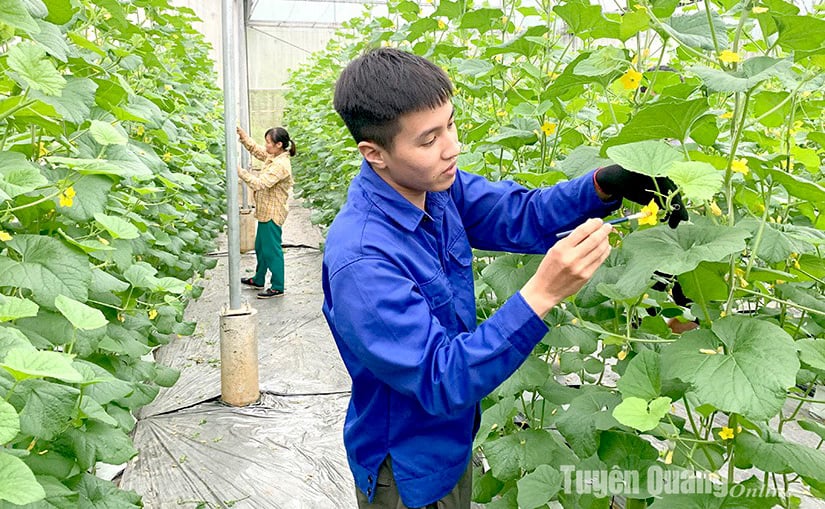
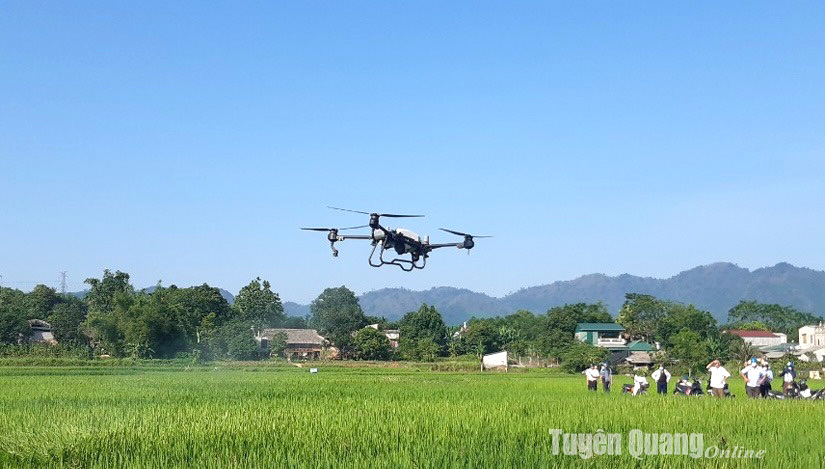
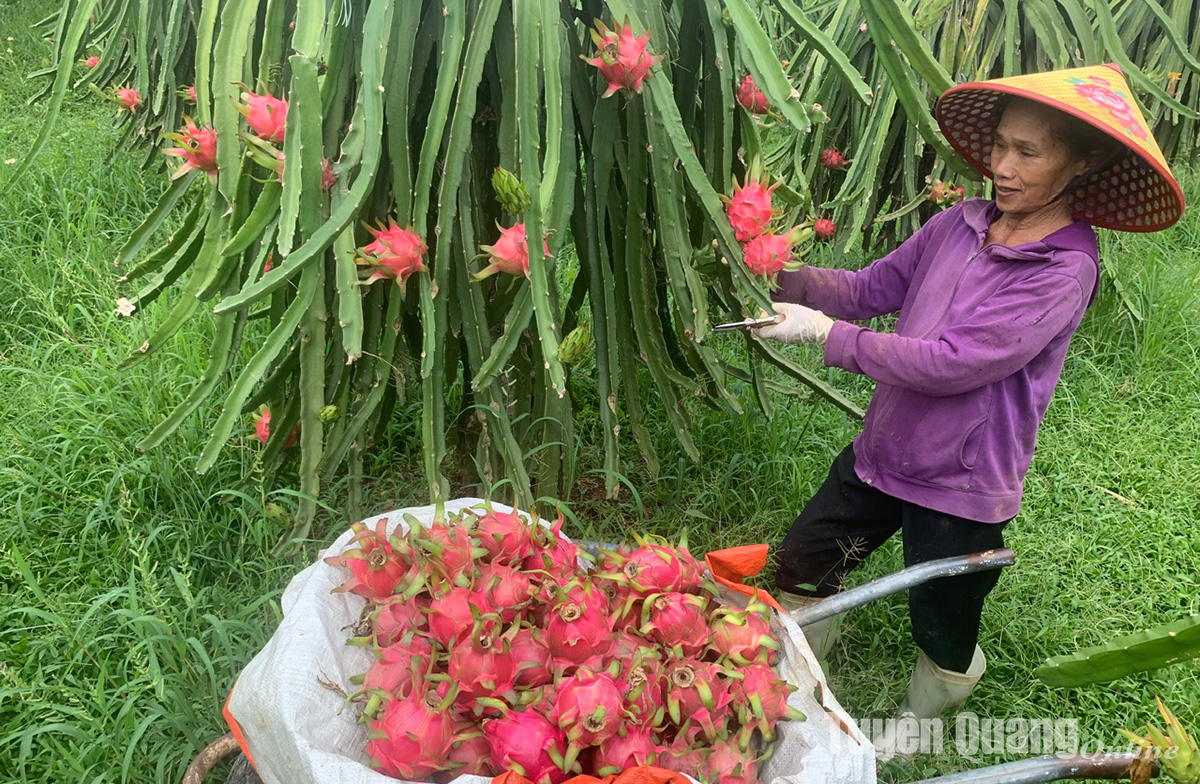
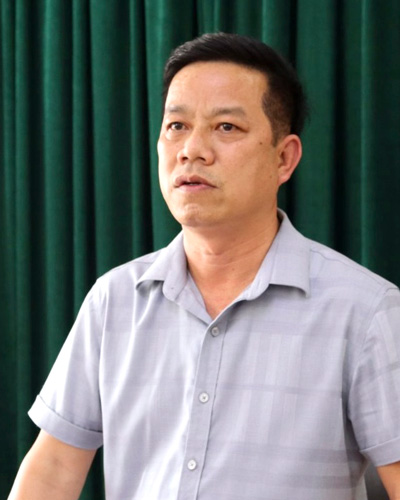
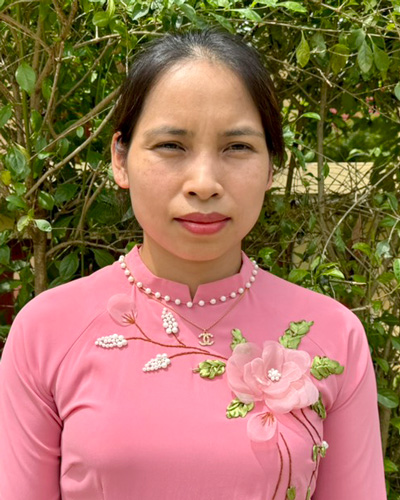
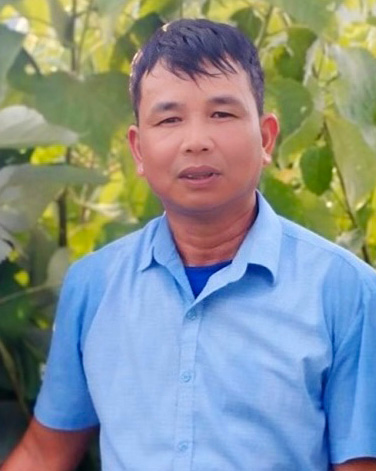
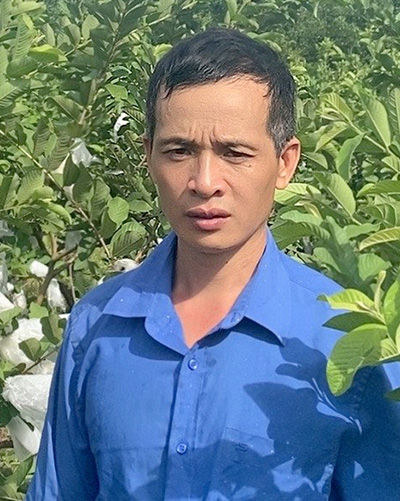

![[Photo] General Secretary To Lam receives Chief of the Central Office of the Lao People's Revolutionary Party](https://vphoto.vietnam.vn/thumb/1200x675/vietnam/resource/IMAGE/2025/5/30/140435f4b39d4599a3d17975dfb444c5)
![[Photo] Journalists moved to tears at the Memorial Service for the soldiers who died in Gac Ma](https://vphoto.vietnam.vn/thumb/1200x675/vietnam/resource/IMAGE/2025/5/30/9454613a55c54c16bf8c0efa51883456)

![[Photo] National Conference "100 years of Vietnamese Revolutionary Press accompanying the glorious cause of the Party and the nation"](https://vphoto.vietnam.vn/thumb/1200x675/vietnam/resource/IMAGE/2025/5/30/1cf6cd5c8a934ebfa347028dcb08358c)
![[Photo] A delegation of 100 journalists from the Vietnam Journalists Association visits the soldiers and people of Truong Sa island district.](https://vphoto.vietnam.vn/thumb/1200x675/vietnam/resource/IMAGE/2025/5/30/0984a986227d4e988177f560d2e1563e)












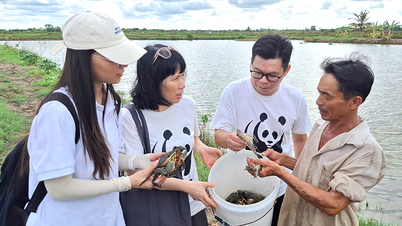
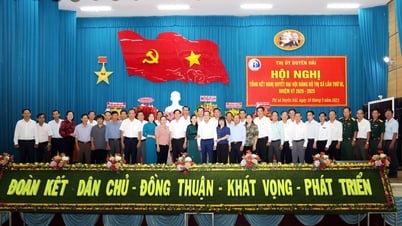
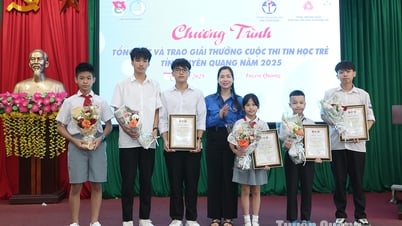

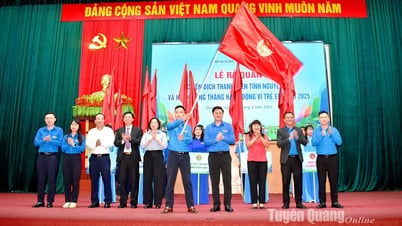

















































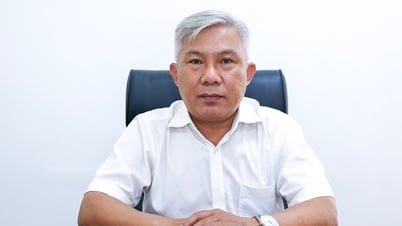



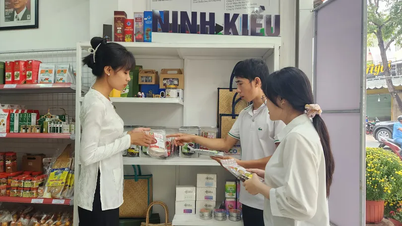

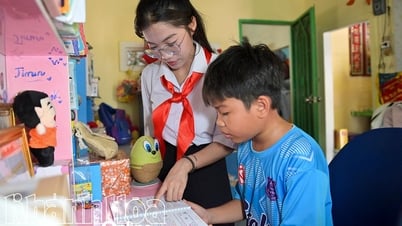
















Comment (0)